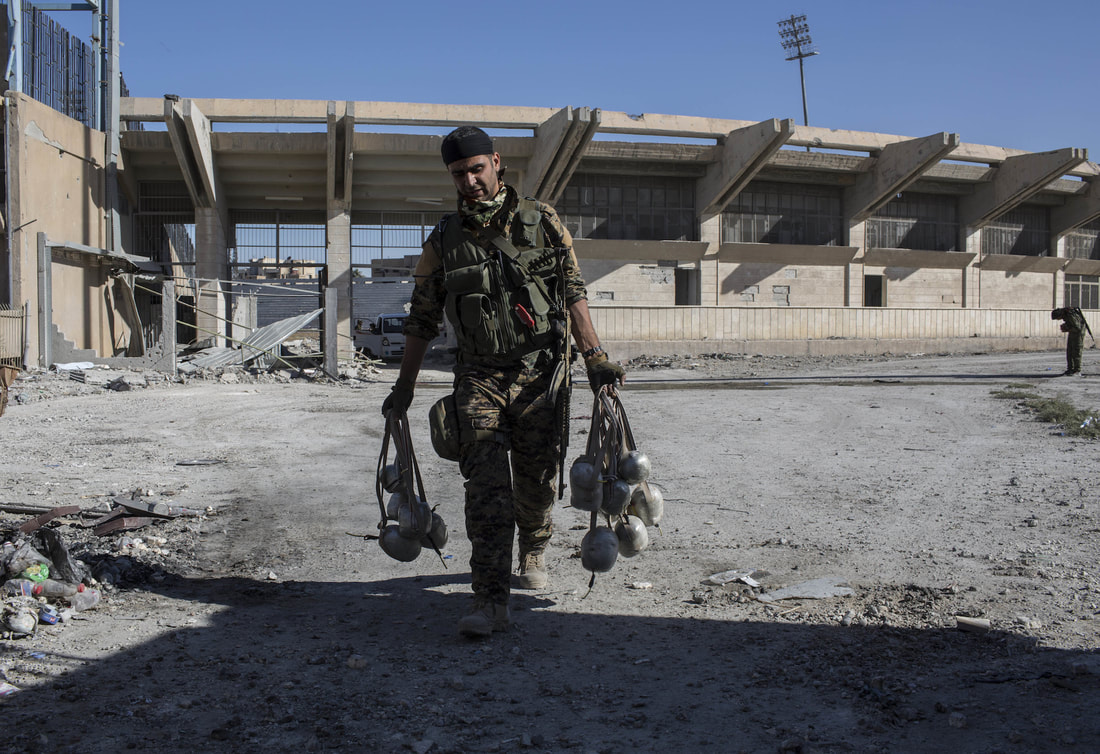|
The media coverage we analyzed on the Raqqa operation starts off similarly — using spin to suggest that it’s a major success in the fight against Islamic State. For instance, The Wall Street Journal’s lead sentence says the operation was “driving the extremists from a Syrian city,” and Fox News says IS “was dealt a massive blow.” If people stop reading after the first few paragraphs, they may have the impression that this was a clear victory in the effort to stop the violent organization, which may be an oversimplification of a complex issue. The reporting goes on to discuss some of the complexities and potential drawbacks of using violence against a violent group like IS. For example, the outlets say:
Violence may lead to more violence.
Getting rid of a violent group doesn’t in itself create stability and peace.
Fighting violence with violence has a price. And perhaps the most telling of all:
Killing members of militant groups will not address the root causes of why the groups exist, nor prevent new recruits from joining or new groups from forming. News outlets could explore these complexities even further. For example, they could ask:
Resolving issues of violence is not a simple task, and there probably isn’t a single short-term solution. If history is any indicator, killing all the members of a violent group without addressing other factors doesn’t tend to stop violence. The more media consumers are aware of the complexities involved in such efforts, the more capacity we may have to address the root causes. Written by Analea Holland and Julia Berry López Edited by Julia Berry López and Jens Erik Gould Visit the original story on Knife Media’s website Follow us on Twitter @theknifemedia Follow us on LinkedIn Comments are closed.
|
Jens Erik GouldJens is a political, business and entertainment writer and editor who has reported from a dozen countries for media outlets including The New York Times, National Public Radio and Bloomberg News Archives
February 2018
Categories
All
|

 RSS Feed
RSS Feed